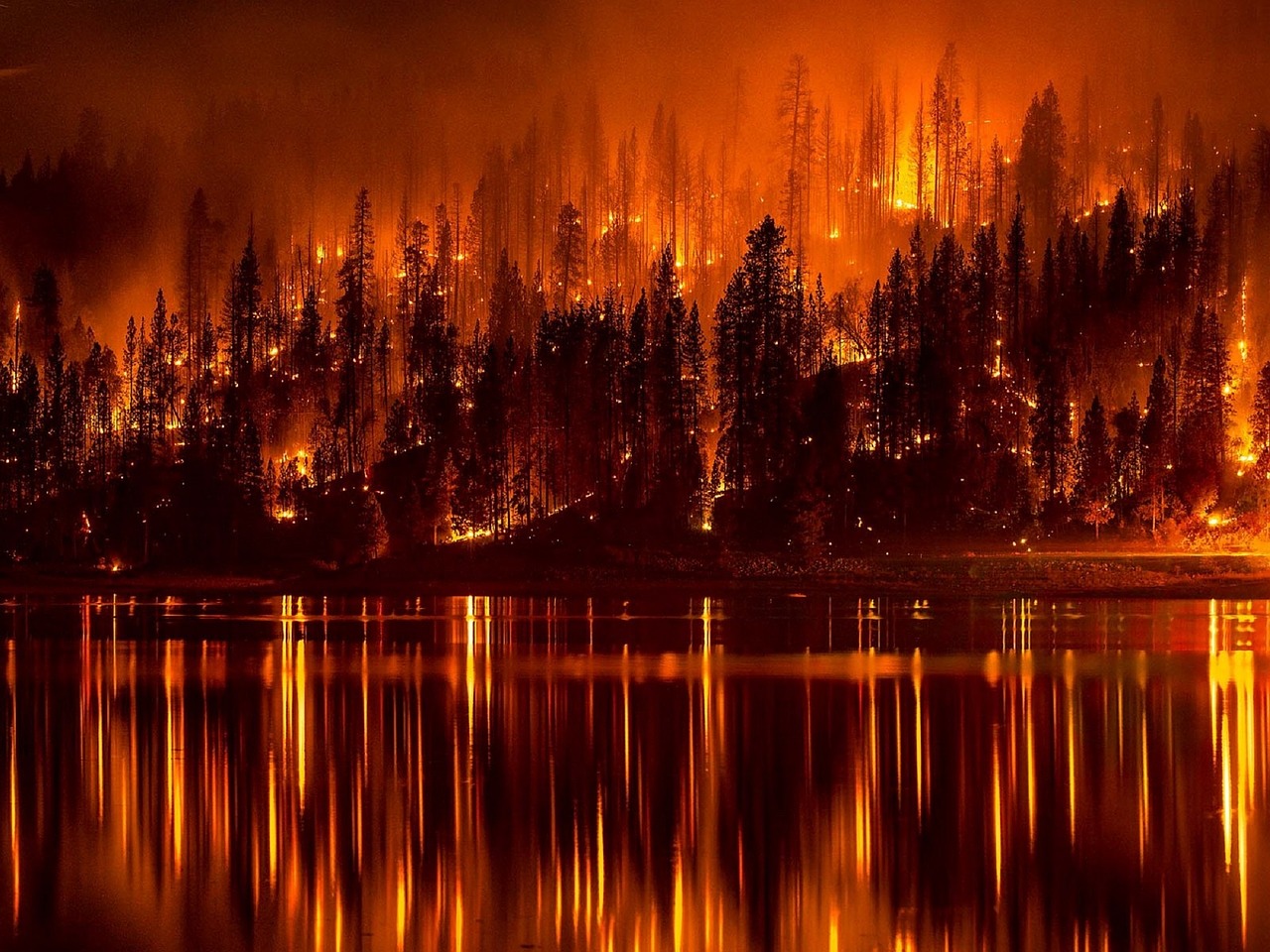Expert Reaction
These comments have been collated by the Science Media Centre to provide a variety of expert perspectives on this issue. Feel free to use these quotes in your stories. Views expressed are the personal opinions of the experts named. They do not represent the views of the SMC or any other organisation unless specifically stated.
Billy Haworth is a PhD Candidate in the School of Geosciences at the University of Sydney
The South Australian fires are a reminder and a warning for residents living in the bush and bushfire risk areas not to wait until the ‘traditional bushfire season’ of January and February to start planning for a potential bushfire. Research shows the number of people who actively prepare for disaster is significantly lower than the number of people at risk. A plan may be as simple as leaving the area early in high fire danger days. But people need to make a plan for what they will do to remain safe, and share their plans with communities and their family and friends. Preparation can dramatically reduce the likelihood of negative impacts on life and property like we’ve seen in South Australia.
Social media and other information communication technologies, such as smartphones and online mapping platforms, have dramatically changed the way information during disasters is disseminated by authorities and the public. These technologies allow rapid, two-way communication, and they allow the public to access huge amounts of information, as well as to share and send their own information, which may be useful not only to their networks but also to authorities in understanding the extent of the disaster. They also allow people from all over the world access to really localised information about the event that people impacted are sharing. Social media is a significant part of the disaster communication landscape in Australia and should not be undervalued.
David Bowman is Professor of Pyrogeography and Fire Science, and Director of the Fire Centre Research Hub in the School of Natural Sciences, The University of Tasmania
Clearly these fire are being driven by extreme fire weather conditions and such weather so early in the bushfire season is a serious worry given the long, hot and dry summer that is forecast.
The very strong El Nino and anomalous dry winter and spring have contributed to such ferocious fires combined of course with very strong winds, and the fingerprints of climate change. Very concerning.
Professor Sandy McFarlane is Director of the Centre for Traumatic Stress Studies and Professor of Psychiatry at the The University of Adelaide,
The Black Saturday bushfires showed how many lessons from earlier disasters are lost and painfully relearned. It is critical that the relief and assistance to those affected by these fires is planned and organised based on the experience that we have gained from previous disasters.
When there is a new disaster, it is very easy to forget what we know. In South Australia the Eyre Peninsula bushfires and Ash Wednesday means that there is considerable documentation of what does and does not work in these settings. Rural communities faces particular challenges as it is not just homes that have been destroyed but lives and livelihoods.



 Australia; SA
Australia; SA

